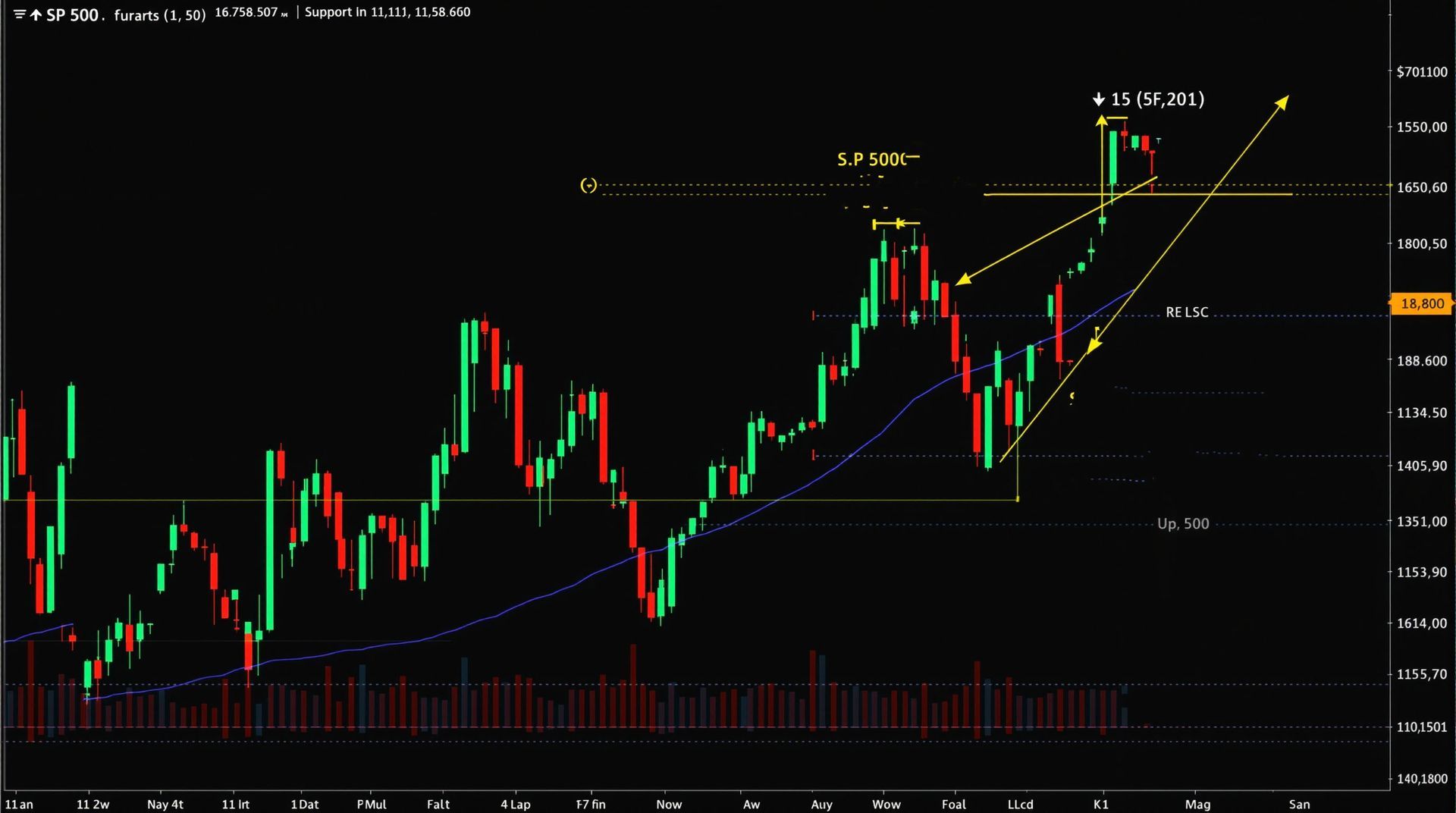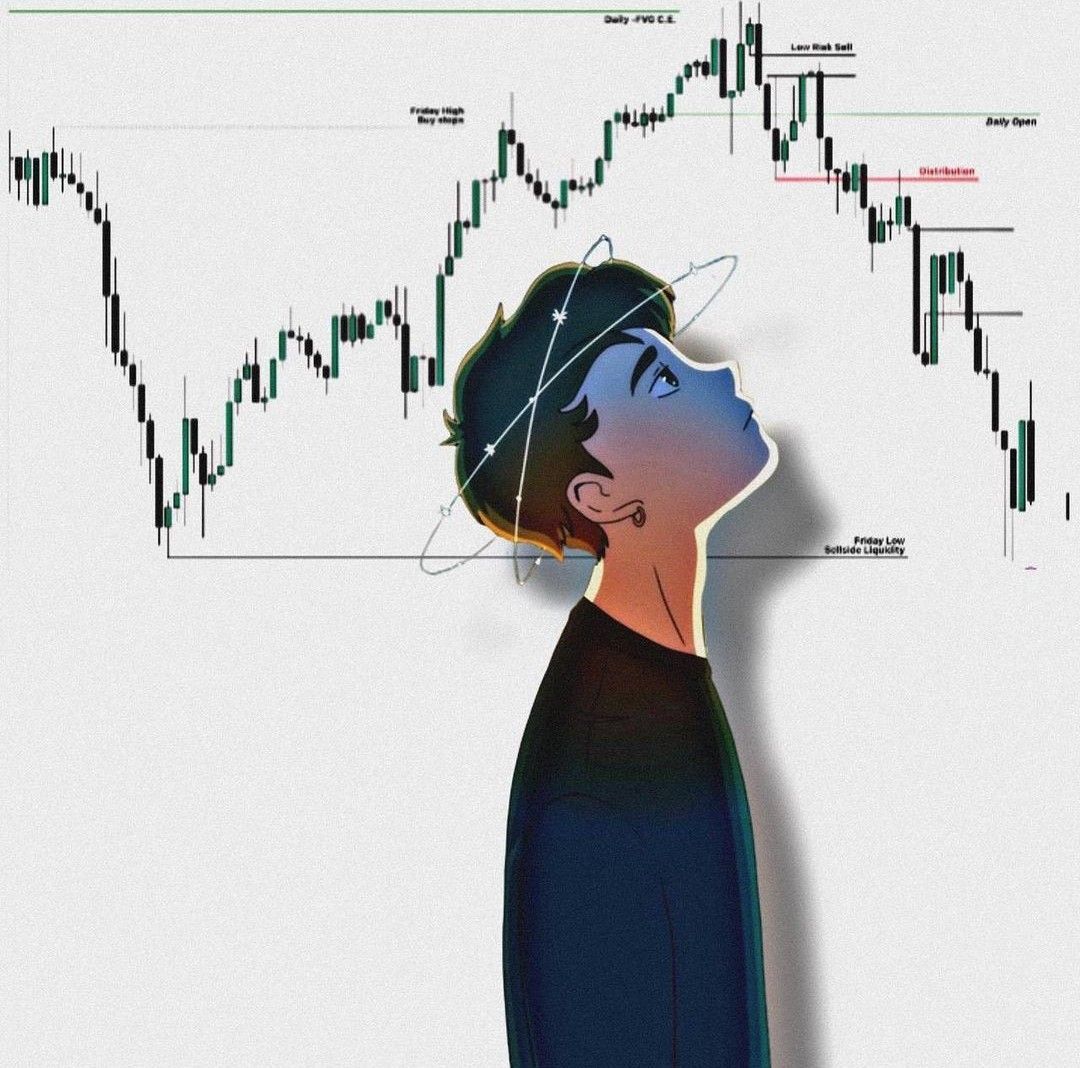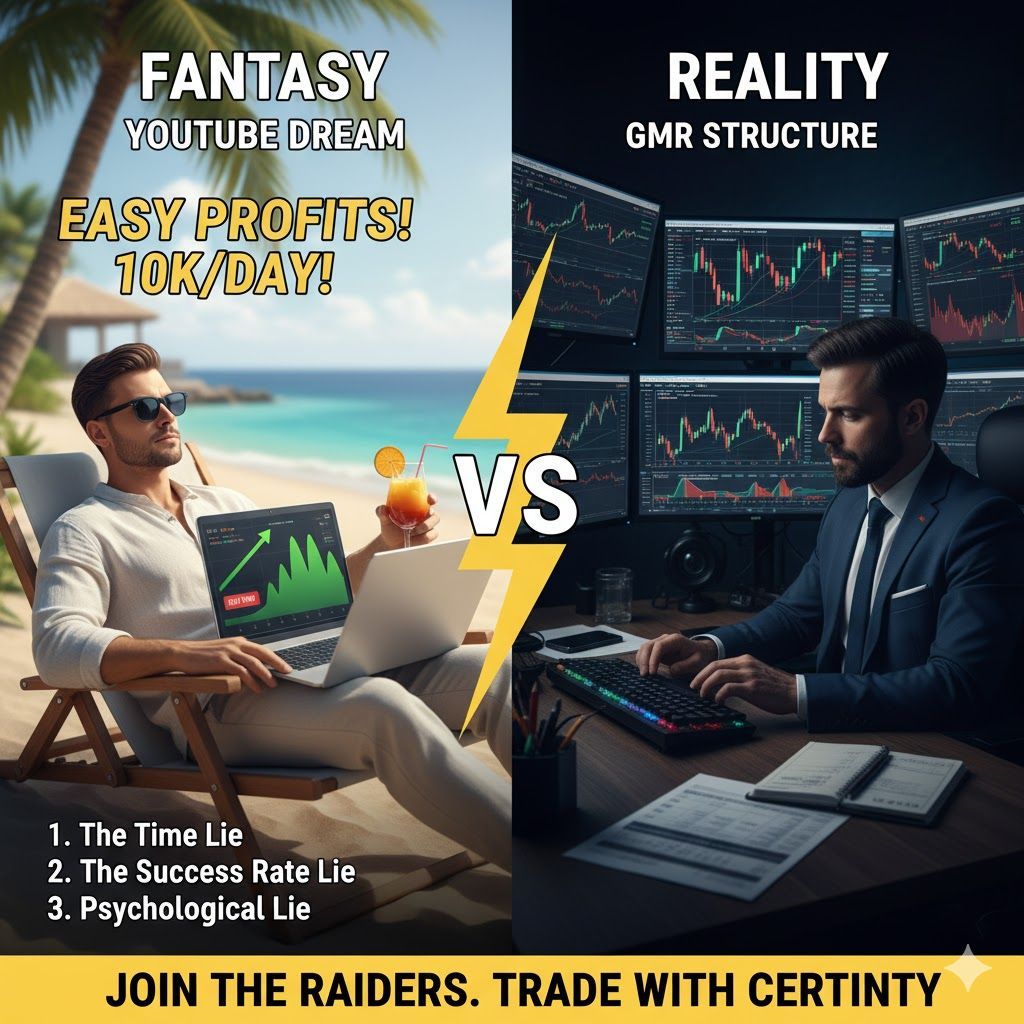Initial Margin vs. Maintenance Margin: The Must-Know Guide for Futures Traders
The Two Margins Every Futures Trader Must Master: Initial vs. Maintenance

💰 The Two Margins Every Futures Trader Must Master: Initial vs. Maintenance
When transitioning from stock trading to futures trading—especially highly leveraged contracts like the E-mini S&P 500 (ES)—understanding margin is non-negotiable.
Margin in futures isn't a loan like in stock trading; it's a good faith deposit that ensures you can cover any potential losses on an open position. Specifically, there are two distinct types of margin you must manage to stay in the game: Initial Margin and Maintenance Margin.
1. What is Initial Margin? (The Cost of Entry)
The Initial Margin is the minimum amount of money you must have in your account to open a new futures position (either long or short).
- The Purpose: It acts as a safety cushion for the clearing house and your broker. It ensures that you have enough capital to withstand normal daily price fluctuations when you first enter a trade.
- Set By: The exchange (e.g., the CME Group for E-minis) sets the official Initial Margin, though brokers may require a slightly higher amount.
- The Rule: If your available cash balance is less than the Initial Margin requirement, you cannot open the trade. Once the trade is open, the balance shifts to tracking the Maintenance Margin.
Example: If the Initial Margin for one (ES) contract is $13,000, you must have at least $13,000 available in your account to initiate that position.
2. What is Maintenance Margin? (The Stay-in-the-Game Level)
The Maintenance Margin is a lower threshold than the Initial Margin. It is the minimum balance your margin account must sustain after you have opened a position.
- The Purpose: This is your primary risk management level. It is constantly monitored to ensure that if the market moves against you, there's still enough money in your account to close the position before your account goes negative.
- Set By: It is also set by the exchange, but it is typically 5-10% lower than the Initial Margin.
- The Danger (The Margin Call): If market losses cause the equity in your account to drop below the Maintenance Margin level, you will receive a Margin Call.
🚨 The Critical Difference: Margin Call Trigger
The biggest takeaway for any day trader is the relationship between your account equity and the Maintenance Margin level.
Understanding the Margin Call
A Margin Call requires you to immediately deposit funds back into your account to bring your balance back up to the Initial Margin level.
If you fail to meet the margin call within the required timeframe (often a very short window, especially in day trading):
- Your broker will automatically liquidate (close) your position(s) at the current market price to protect their capital and prevent a negative balance.
- This forced liquidation can often lock in significant losses, especially if the market is moving quickly against you.
This is why experienced traders at Global Market Raiders LLC stress the importance of never letting your account equity drop near the Maintenance Margin level.
Good traders exit a losing position long before a margin call forces them out.
Your Next Step: Incorporating Margin into Your Trading Plan
Understanding these two margin levels is fundamental to proper capital allocation and risk management.
- For Capital: Always fund your account with more than the Initial Margin. That extra capital is your buffer against volatility.
- For Risk: Always place your stop-loss order at a point that protects your equity well above the Maintenance Margin level.
Ready to learn how to properly size your positions and manage volatility using these margin concepts?
Book a guaranteed assessment with our experts.






